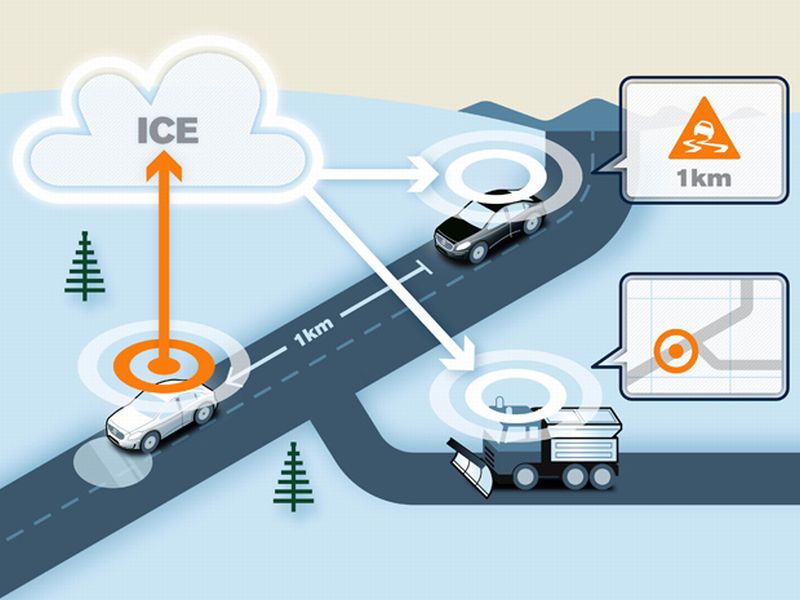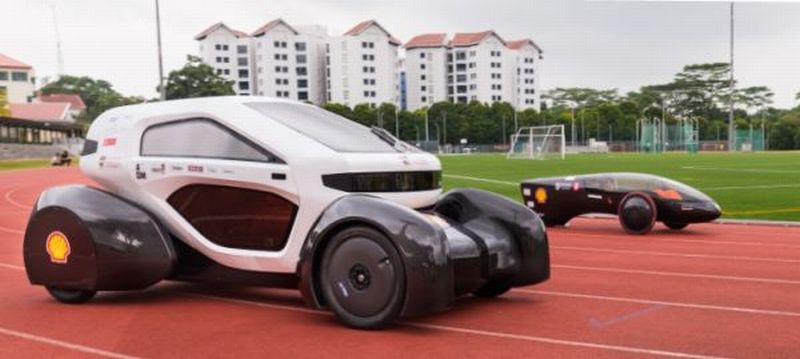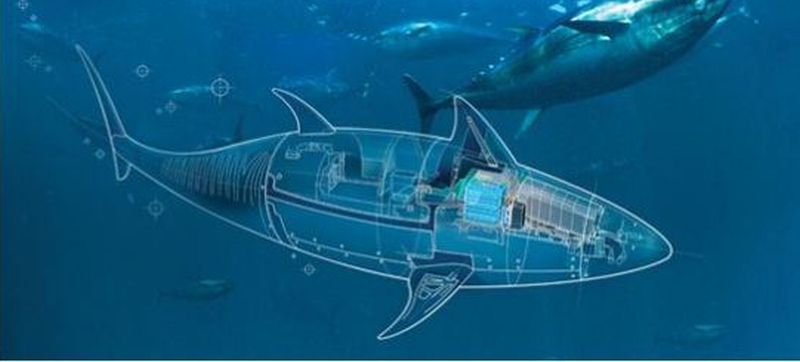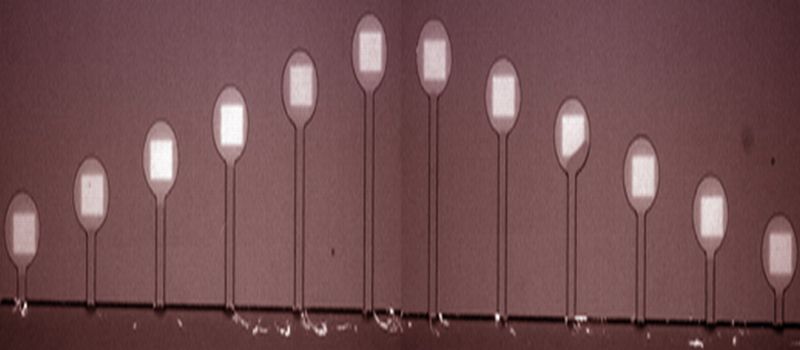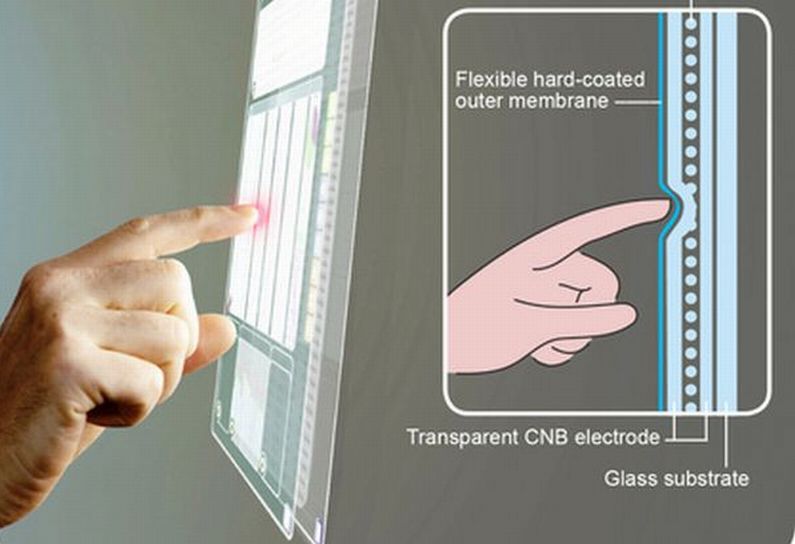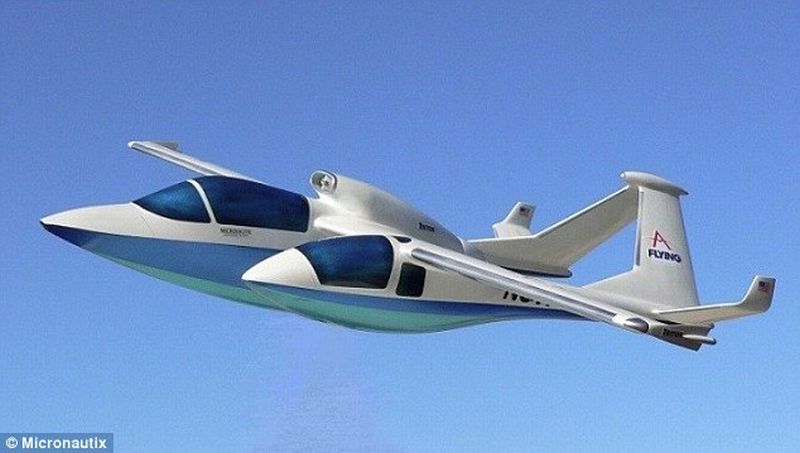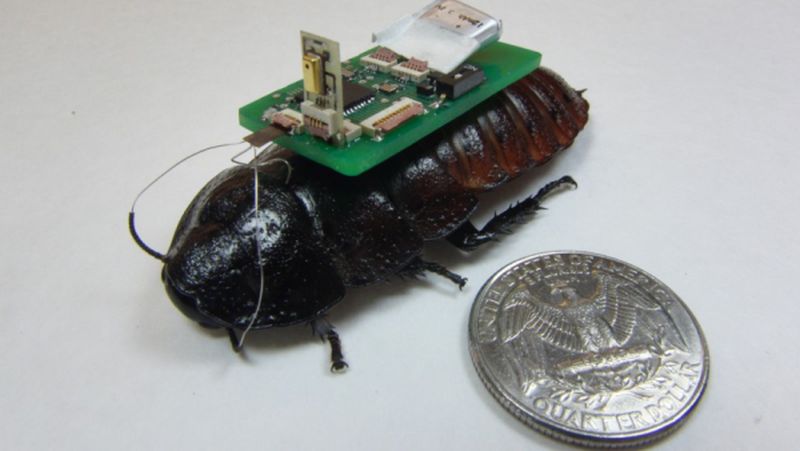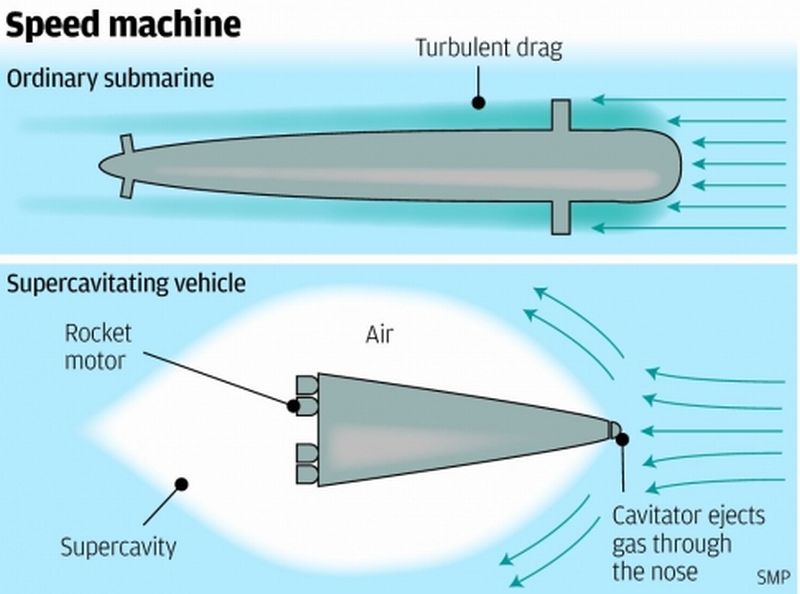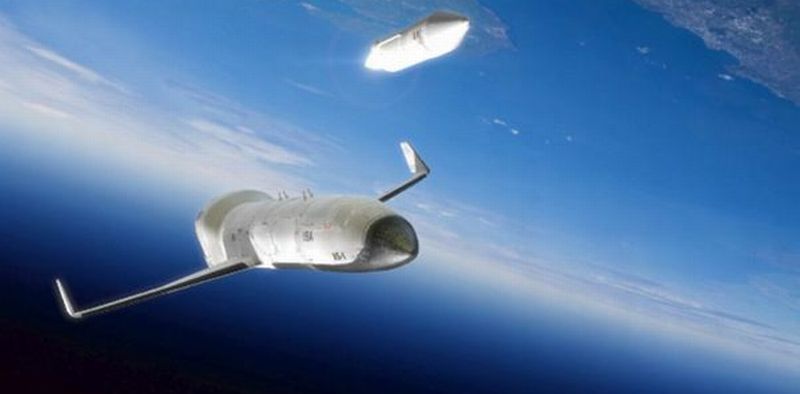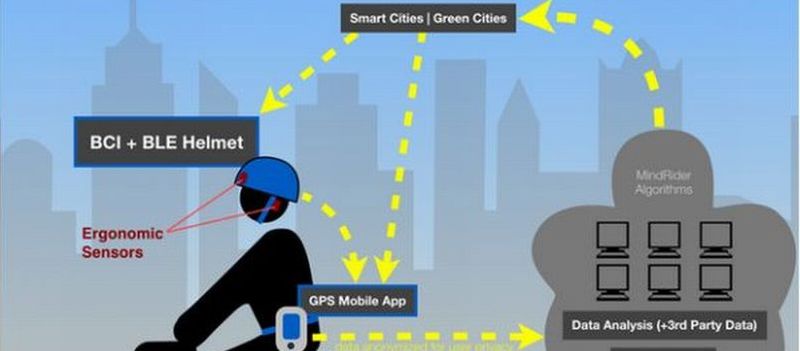Say no to cable mess, especially when charging gizmos. IKEA, the world’s largest furniture retailer will be hitting the shelves with an innovative range of furniture that has come with induction-charging stations. It is part of their new “Home Smart” plan. Keeping in view with the futuristic appeal, now the furniture owners would seamlessly charge their smartphones wirelessly.
Read MoreTag: concepts
Volvo Cars to share Slippery-Road Warning: Driving Safety Systems
During rough winters, drivers have to deal with icy patches themselves. Situation becomes critical during nights when they have to fight the patches while driving in a different zone. However, things might become different when cars start sharing the on-road conditions amongst themselves.
Read MoreSingapore’s First 3D-printed Concept Car: Coupé of the Future
Researchers at Nanyang Technological University (NTU) have developed nation’s first urban solar electric car with cutting-edge 3D-printed body casing that is having nearly 150 parts. The two eco-cars, dubbed as NV8 and NV9, are racing in this year’s the Shell Eco-marathon Asia that is taking place in Manila at the end of this month.
Read MoreBiomimicry: Robotic Spy Fish will do the Reconnaissance (ISR) Missions
Boston Engineering in collaboration with the U.S. Navy is developing a ‘tuna fish’, their new unmanned underwater vehicle. Developers envision that the fish would autonomously navigate across the sea for fetching information including surveillance and reconnaissance (ISR) missions. The project has been named Project Silent Nemo that comes from Disney’s famous movie, Finding Nemo, where Nemo was the subject of search but in here, Nemo will do the finding. Swimmer drone The unmanned underwater vehicle weighs around 100-pound while it’s length is about 5 feet. As a product of…
Read MoreSilicon Chip that mimics Nature’s Gene: A Step towards Artificial Cells
Researchers at the Weizmann Institute of Science, Israel have come up with a silicon chip that can mimic a human cell in producing proteins from DNA. The most basic function of cell is to produce proteins after receiving instructions in the form of DNA sequences. Other genes determine production of the quantity of churning out protein by a complex process involving feedback loops.
Read MorePolymer that Mimics Sensory Capabilities of Real Skin: The New Smart Skin
Even the most cutting edge technology in prosthetic limbs cannot identify the sensory capabilities of real skin. Although, its manipulation and controls are done with the help of attached muscles and brain yet there have been no way out for detecting the coldness or hotness of a glass its holding. Neither can the wearer detect whether a glass is slipping out of its appendage’s grasp. However, things would no more be the same now, for prosthetics. Korean researchers in collaboration U.S. experts have fabricated an innovative polymer that mimics not…
Read MoreNanobuds based Bendable and Flexible Touch Sensor: Touch Screens to New Applications
A Finnish startup, Canatu, has come up with a touch sensor based on transparent films that are fabricated from carbon nanobuds (CNB). What’s interesting about the (CNB based) innovative sensors is that they can be adjusted and can be turned on any surface irrespective of its background shape. For instance, it could be applied on the touch controls of curved surface of automobile dashboard or any gaming consoles or play stations.
Read MoreAircraft with Panoramic Pods: Passengers to share Pilot’s Eye View
Ever wondered how it would feel to sit in a cockpit while the plane is gliding through the clouds high above. Especially, imagining a view that only pilot’s are privileged to see is one of my most cherished dreams. I have always given a thought over it even when am not within a plane. Watching a plane from below have always struck me with the idea as of how would it feel for the person(s) who are steering the huge machine above.
Read MoreBiomimicry: Cyborg Cockroach would be the New Rescuers
Cockroaches are one organism that is disliked by a majority of people but these creepy looking creatures is soon going to help in tracing humans trapped in disaster sites. Similar to penny sized micro robots, these tiny roaches can make its way through the extremely small spaces where others like dogs, camera or robots might not reach thus making rescue operation slow and risking lives of people.
Read MoreInterview: Naomi Kizhner, Founder at Energy Addicts, Israel
Naomi Kizhner is an industrial designer from Israel. She has recently made headlines with her speculative “Energy Addicts” accessories that morph involuntary physical movements such as blinking of eyes and blood flow in veins into electricity. With an aim of exploring the post-humanistic approach where the human body might be used as a resource, the designer created the invasive futuristic jewelry. Lately, we got an opportunity of interviewing the most versatile and talented designer, so without much ado, please scroll down and see what the designer has to say about…
Read MoreInterview: Janus Yuan, Founder at Driver Focused HMI, Illinois
Janus Yuan is a passionate designer who feels that design have more depth into human behavior and user experience. He holds a Master of Fine Arts in Industrial Design from the U.S. and a Bachelor of Engineering from China, the degrees have helped him in gaining a multicultural approach towards design. His specialties include, user experience (UX), human computer interaction (HCI), human machine interface (HMI), information architecture, data visualization, car infotainment system, augmented reality and product design. Experiences in these fields have given him a unique perspective on front and…
Read MoreSupersonic Submarine glides from Shanghai to San Francisco in 100 minutes: Supercavitation Technology
Researchers at the Harbin Institute of Technology, China are attempting to create a supersonic submarine, which they envision would cruise through transatlantic underwater in not more than two hours. Li Fengchen one of the lead researchers claimed that they are developing an air bubble that would assist in gliding at very high speeds underwater. One of the main problems with conventional submarines is the friction produced by water, which is far more than flying through air, and so the force renders the machine incapable of peddling at high speed. Supercavitation…
Read MoreUS military to develop a Reusable Unmanned Spacecraft: The Experimental Spaceplane project
The US military is looking forward to create an affordable and efficient robotic space plane that has an ability of embarking payloads directly into the orbit. DARPA has already granted the design contract to three firms namely, Boeing, Masten Space Systems and Northrop Grumman. For the initial stage of the Experimental Spaceplane project, also called the XS-1, the firms have collaborated with similar other aerospace companies. For instance, Boeing is working with Blue Origin, Masten is teaming up with XCOR Aerospace and Northrop Grumman is collaborating with the Virgin Galactic.…
Read MoreInterview: David Henrichs, Co-Founder at DH Product Design in Germany
David Henrichs is a German designer whose design philosophy is very well depicted in all his works – beauty combined with sustainability. He lives and works in London, Munich and Berlin. His work demonstrates a combination of geometric and natural forms. His designs not only are simple to look at but also run on futuristic lines and colors. Very deftly, he is able to fuse fashion in his unique collection, which does not override the aesthetics of his products. There’s more to this creative individual, we are pleased to offer…
Read MoreMindRider: Brain Monitoring Systems for Mapping Mental Experience
Researchers at the MIT Media Lab are working towards creating a novel helmet system that would reflect bike rider’s mind in the real time. It will be able to mind map rider’s engagement level from relaxed state to focused level while navigating through the routes. Mapping Mental Experience Sensors are embedded within the foam of the helmet that would act as a bridge between the brain waves and translating those ripples into the display of level of engagement. The technique is based on EEG (electroencephalography) where the embedded sensors act…
Read More

